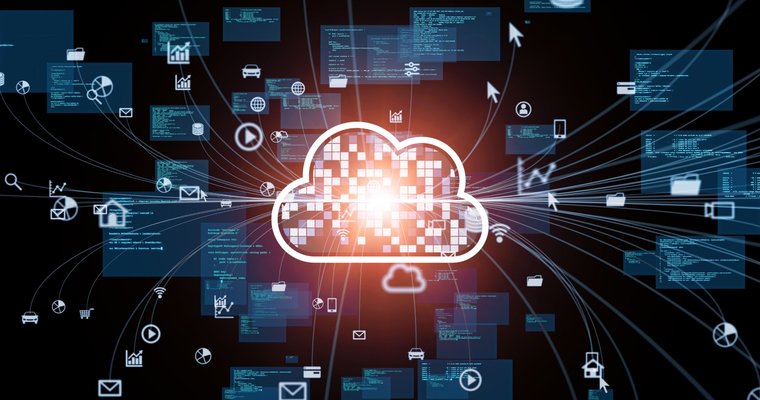Dynamic digital signage that integrates data from a variety of sources creates both a personalized and engaging experience for your audience. Digital screens with real-time data like news, weather, traffic, wait times and KPIs, puts information at your audience’s fingertips.
Dynamic digital signage that integrates data from a variety of sources creates both a personalized and engaging experience for your audience. Digital screens with real-time data like news, weather, traffic, wait times and KPIs, puts information at your audience’s fingertips. It alleviates stress and enables them to make smart decisions.
Some of the most popular data sources to integrate into your digital signage include:
News and weather feeds
News and weather are two of the most common data sources to integrate with your digital signage. Customize your news and weather content to reflect the geographic location and type of information you want to share on your digital screens. There are a variety of paid and free sources. Often there is a delay with the information, so consider that along with your other requirements before selecting the feeds you will use. Popular news feeds include Reuters, CNN, New York Times, and ESPN for sports news. For weather, there are many options, including Screenfeed, AccuWeather and National Weather Service. Consider your requirements before selecting the source you integrate into your digital signage.
YouTube
Leverage videos on your organization’s YouTube channel as a content source for digital signage. Videos are significantly more engaging than static content for your audience and attract attention and interest. Embed videos as part of a screen layout or share full screen.
Social media
Twitter, Instagram and Facebook are popular social media networks and excellent content sources for digital signage. However, filtering for inappropriate content/posts is essential even when integrating social media feeds. Sharing social media content on your digital signage provides trust and transparency, increases interaction, improves employee engagement, and increases followers.
Financial/stock market feeds
Integrate stock updates from NASDAQ, NYSE, TSX and other exchanges worldwide into your digital signage layouts. Highlight individual stocks, top 100, top movers, and more. Customize stock updates by your digital signage’s country/region location. Colorful graphs, moving tickers and up/down arrows are guaranteed to grab attention.
Traffic
Traffic is a primary concern for employees and visitors to your office and facilities. Keep them apprised of traffic, delays, and commute times by integrating feeds from sources like Google Maps, local transportation authorities and news stations. Sharing real-time traffic information helps alleviate stress and enables employees and visitors to optimize their commute.
Internal systems
Leverage information from your internal software systems such as CRM, ERP, POS, Inventory and more to incorporate into your digital signage. Consolidate data from various internal systems into a KPI dashboard screen, and customize data shown by department and location. Additionally, data from your internal systems can trigger what appears on the screens. For example, by integrating your inventory system with your digital menu boards, you can ensure you are only showing items available to order.
Calendars and schedules
Integrate Google and Office365 calendars into your digital signage. Show availability of both individuals and resources such as meeting rooms. Screens outside of meeting rooms can show current and upcoming bookings and visually identify when in use or when available.
IoT devices
Information is a critical element in creating a personalized experience, and the more information you have, the better the experience you can create. Using IoT devices, including cameras, sensors, RFID tags and more, you can now collect more information and deliver it intelligently on digital signage screens. It enables you to provide contextual messaging that improves visitors’ experience in public venues such as airports, sports arenas, and conference spaces. For example, sensors in spaces such as airports can automate changes to wayfinding screens and reroute travelers around closed or busy areas. In addition, data from local devices can be used to determine the content shown on an individual digital screen.
Emergency notification systems
Virtually all organizations need to have a way to notify their employees, customers, or visitors of potential fire, health or safety hazards. While audio alarms have long been the standard, digital communications provide a new and unique way to get real-time alerts and information out to people where and when they need it. Combining existing audio alarms and critical event management solutions such as Everbridge with digital signage is an excellent way for organizations to improve disaster preparedness and safety plans.
From social media to traffic to emergency notifications to IoT devices, integrating data into your digital signage helps create a personalized and engaging experience.

